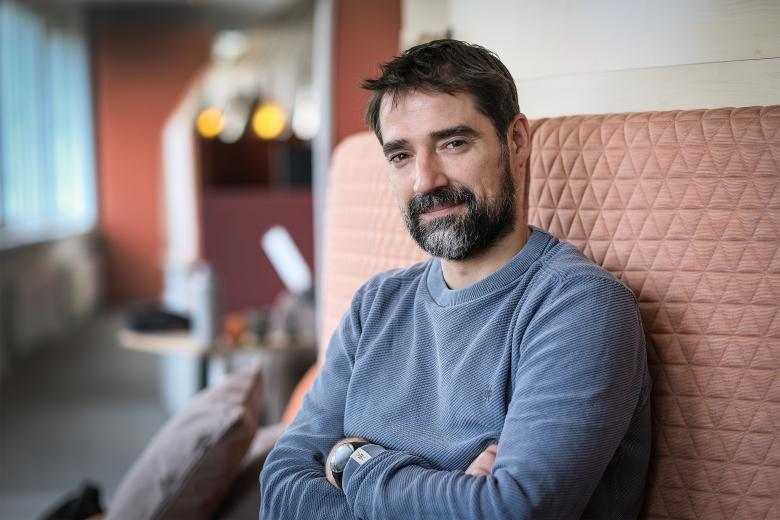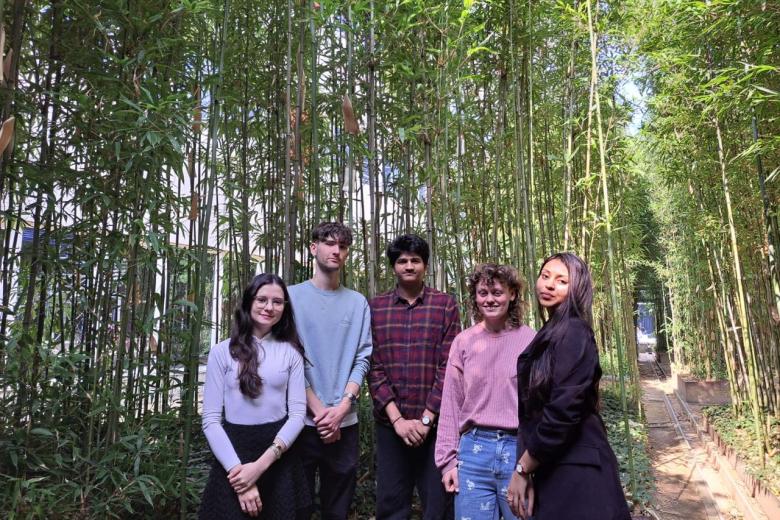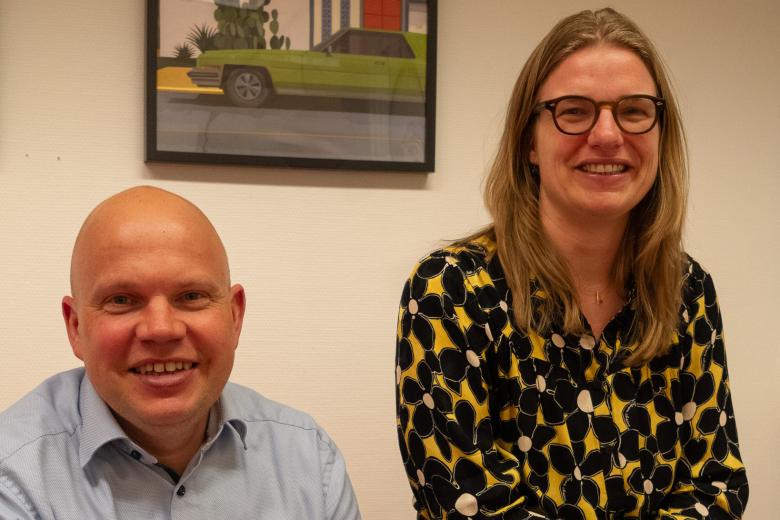Isolation in time of pandemic is a luxury
Countries have reacted differently to the COVID-19 pandemic, from remaining passive and promoting "herd immunity" to a total country lockdown imposing penalties to those who do not obey the rules. Even neighbouring countries have put into effect rather divergent policies, which have resulted in intense social debates about who is right and who is wrong. But what drives the nature and stringency of the country response?
Of course, the rate and severity of infections have been the primary driver. Just four months ago, the COVID-19 was presented as a far-off problem, not more dangerous than a mild flu, unlikely to reach far beyond the initial outbreak borders. Most countries felt detached and continued with business as usual. Governments were taken by surprise when the cases started mounting up and spreading globally in no time. On the background of horror stories in the media, political leaders around the world had to reach consensus on a trade-off between economic and public health interests.
Social distancing has been the leitmotif in both stern and lenient regulations in response to COVID-19. It has been soon realized that this might turn into an isolation from the society leading to loneliness and depression. An attempt has been made to pushed forward the alternative notion of physical distancing while maintain the contact with own social and professional network. Nevertheless, people felt their liberties had been limited, irrespective of whether the isolation policy has been termed social or physical. Increased incidence of abuse and domestic violence has been also registered and easily attributed to the social and economic consequences of the countries’ lockdown policies.
Yet, remaining isolated in time of pandemic is a luxury. This does not only apply to those with vital professions who, guided by sense of duty, continue to serve society. It also applies to low-resource settings, where people have no other choice but to keep on as usual to be able to provide food for the family, irrespective of the health risks. Not only the chances of getting infected are increased in such settings but also the severity of the consequences. Poverty, deprived living conditions, low literacy and unhealthy life style commonly go hand in hand and jointly reinforce worsen health status, which makes recovery from an illness prolonged and sometimes incomplete or even impossible.
In low-resource settings, access to care is also challenging. Even if there are health care facilities that could provide care for COVID-19 patients, these facilities might be difficult to reach because of a lack of transportation, inadequate communication and poor road conditions. Those who can reach the facilities, might be confronted with unaffordable out-of-pocket payments, a lack of skilled care providers due to unattractive work conditions causing brain-drain effects at a local or national level, as well as a lack of equipment, such as that needed for intensive care patients, or inability to use the equipment available at the facilities due to staff shortage or technical problems.
Limited facility capacity might even prevent the necessary basic isolation of patient with a contagious disease resulting in further spread of the disease. Not to say that infected patients might not even have the chance to receive adequate care or even any care, which can increase the morbidity and mortality outcomes. This is not just a hypothetical expectation but a lived reality during previous outbreaks around the world. The ability to meet the challenges of the COVID-19 pandemic in low-resource settings is therefore questionable even when available staff courageously fight for patients’ life.
Strengthening the resilience and flexibility of the health system appears to be an important strategy for preparing for future outbreaks. Politicians, medical practitioners, public health experts, scientists and industry should come together to establish effective mechanisms for continuous monitoring of the health systems to promptly detect acute system gaps. These should be long-lasting mechanisms supported by the governments and international community, not just temporarily project-based endeavours funded externally through research programs. Governments around the world should finally place a priority on their most essential health care role to coordinate and govern the national health systems, and to assure essential capacity, competences and skills to deal with persisting health problems and new health shocks such as the COVID-19 pandemic.
Also read
-
Mimic the true nature of tissues by building complex in vitro models
Paul Wieringa (MERLN) works on innovative models to study endometriosis and the fallopian tube.

-
The Societal Impact Project
The Societal Impact Project stimulates students’ autonomous motivation to work on societal relevant problems. One of the topics this year is vaping.

-
Vaccine promotion policies for COVID-19
Two researchers from Maastricht University play a key role in translating research into vaccine policy recommendations for COVID-19: Timo Clemens, Associate Professor health policy and governance, and Inge van der Putten, Assistant Professor at the department of Health Services Research.
